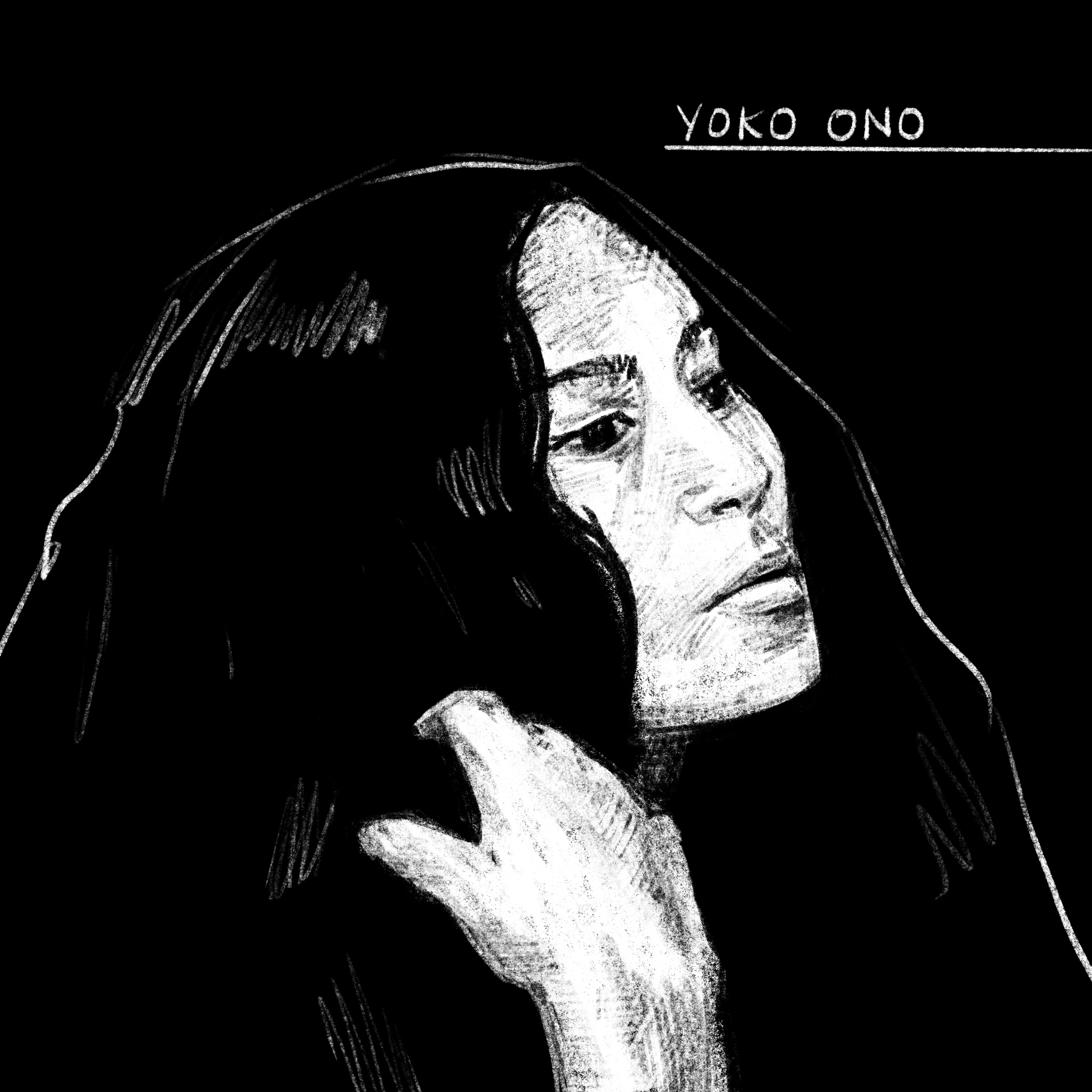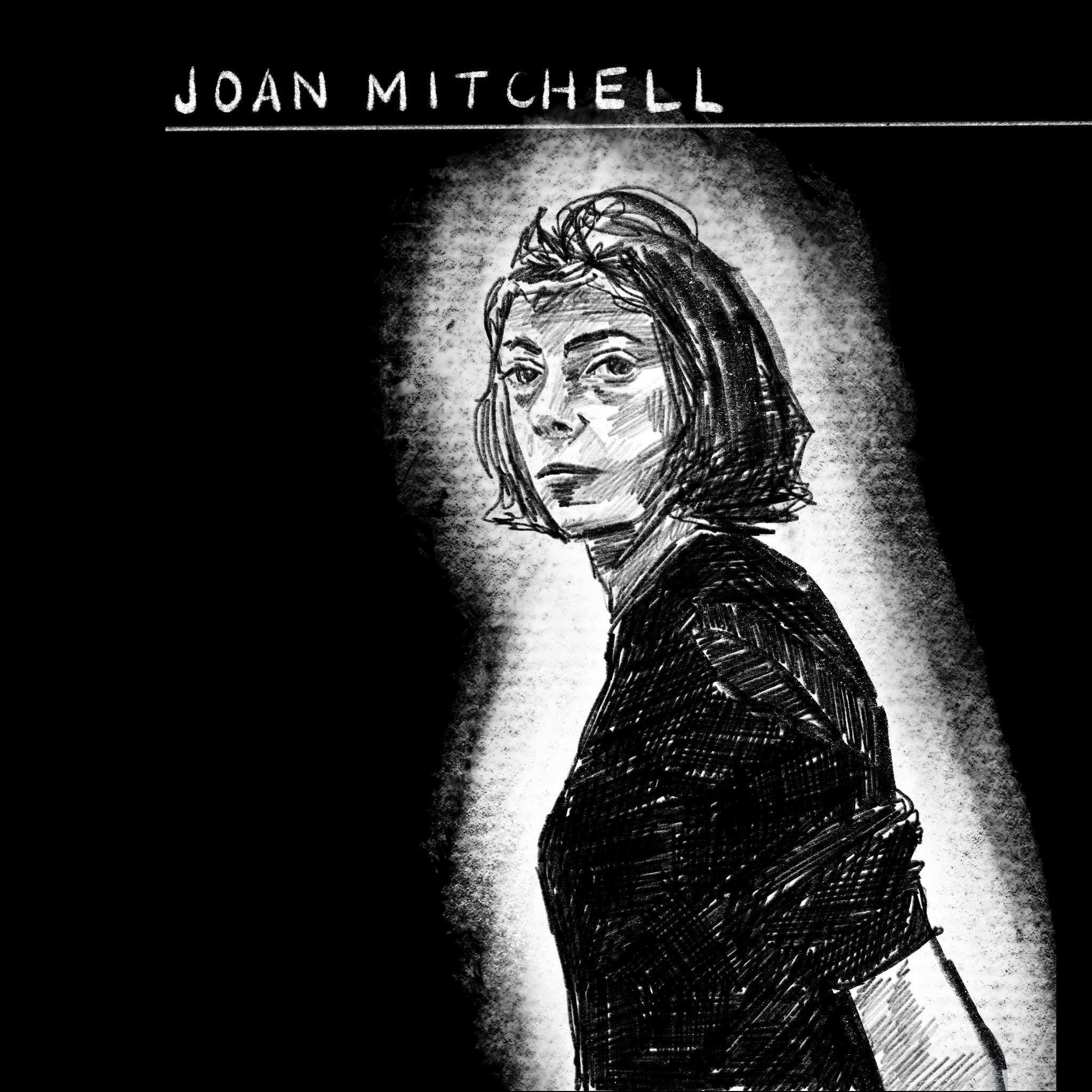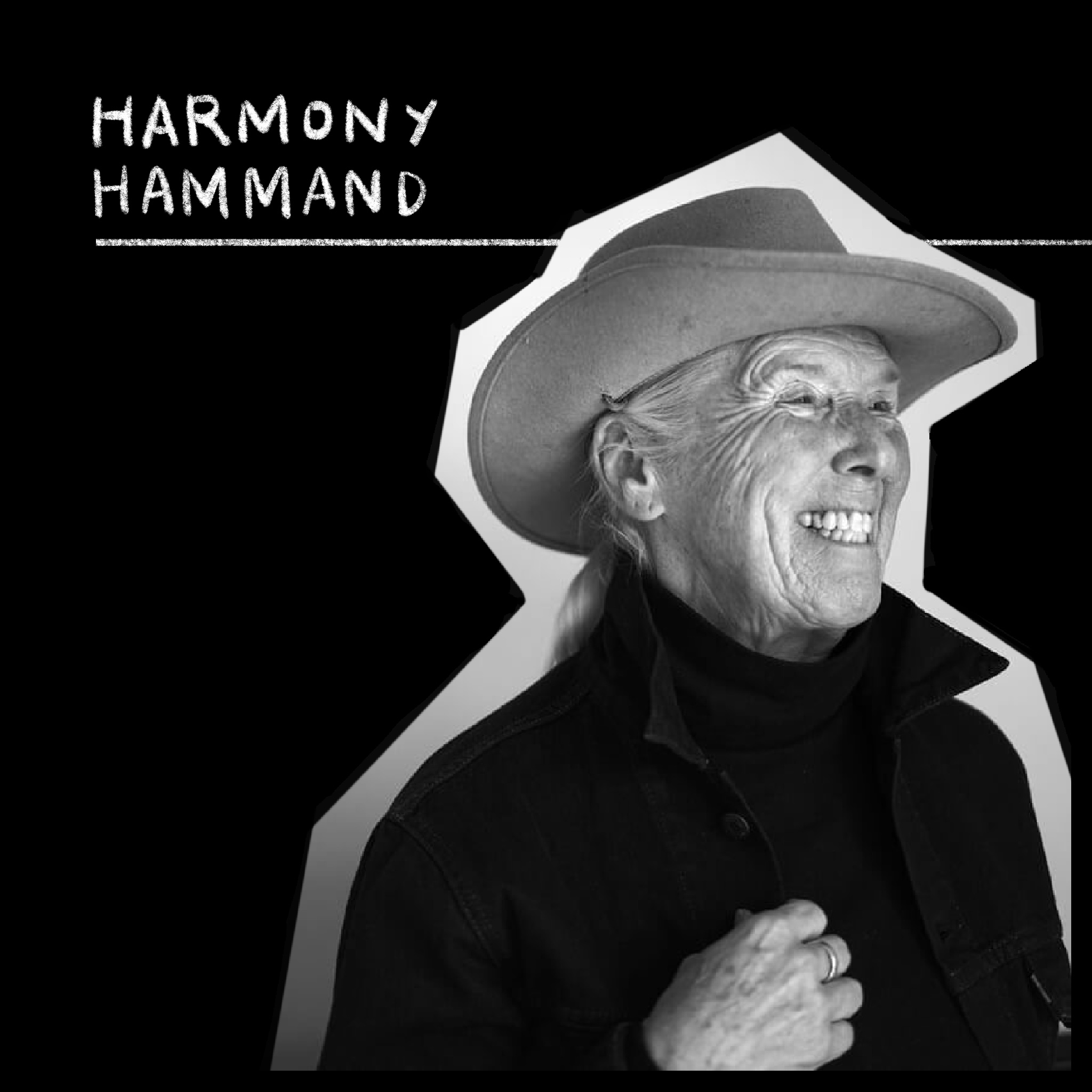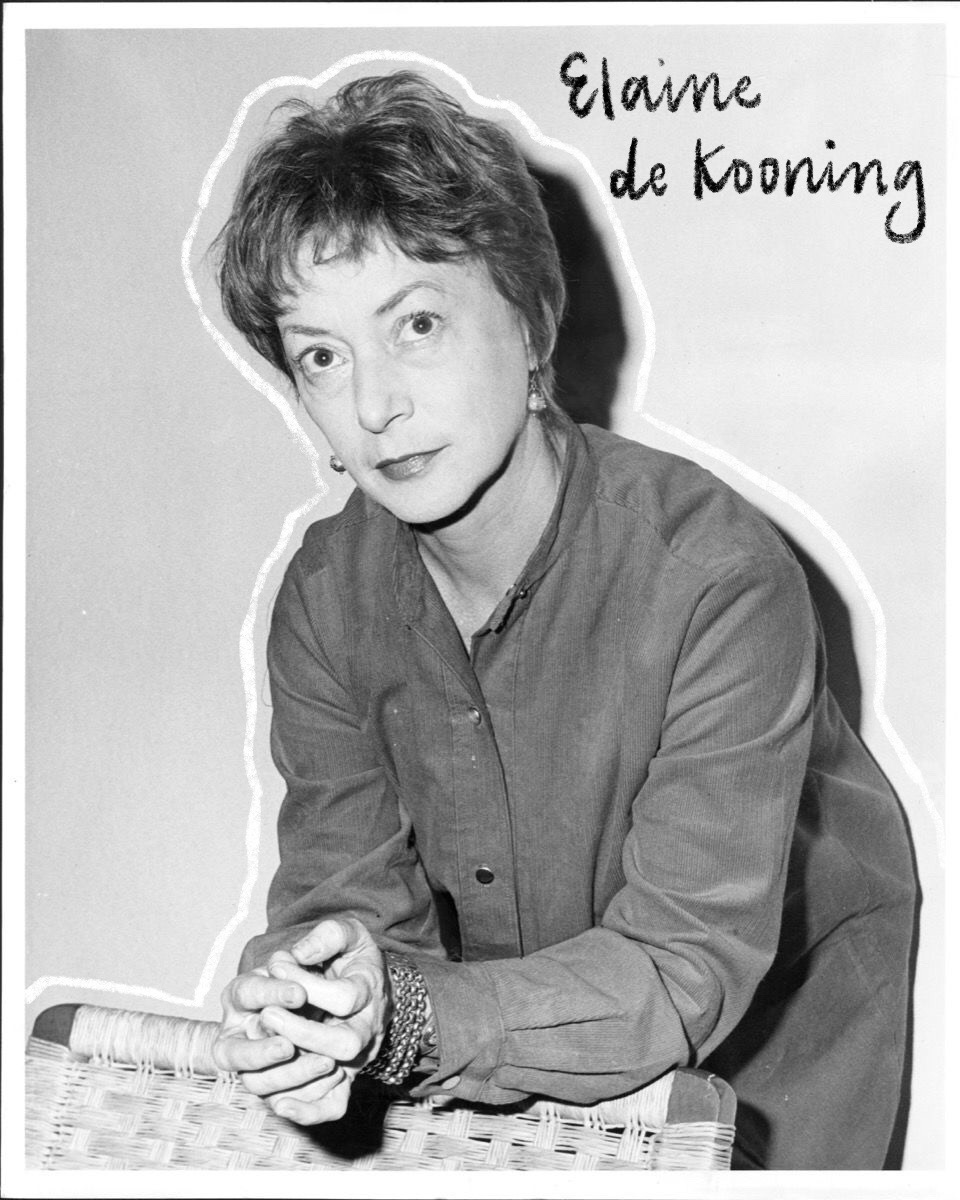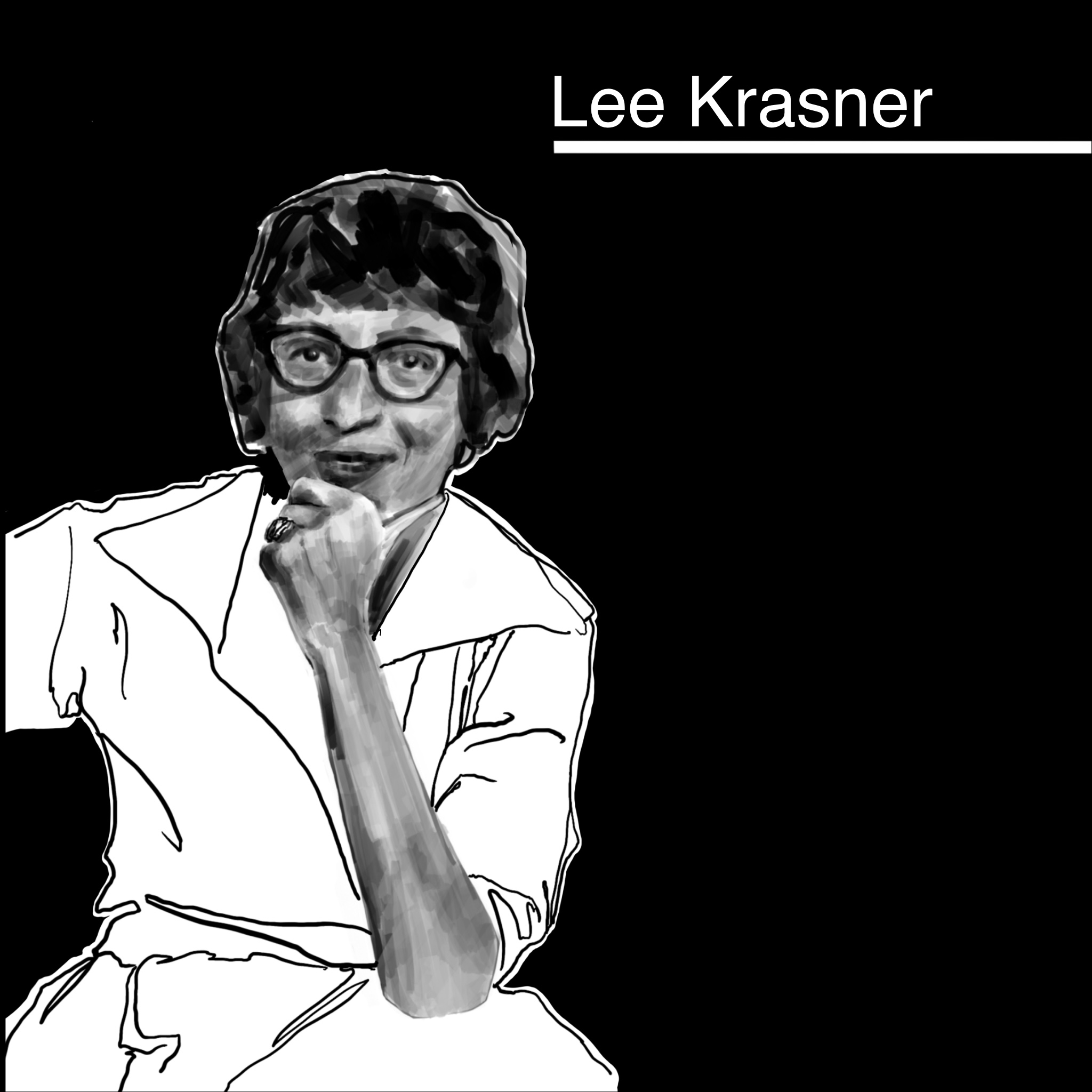There are a handful of women of the map who pose a terrific challenge to an amateur biographer like me. Yoko Ono is one of them. Her personal life utterly fascinating, her body of work immense, her impact and activism ongoing. John Lennon once described his wife as “the world’s most famous unknown artist: everybody knows her name, but nobody knows what she does.” Let’s just say she did a lot of art. A lot of feminist art at that.
Like many of her map compatriots, firsts [woman to enter the philosophy department at Gakushuin University] and onlys [woman to sing lead vocals in a Beatles song] pepper her life. Born in Tokyo in 1933, she moved to New York in 1953 and still lives here today. Before she became synonymous with the evil girlfriend trope [utterly unfounded and unfair], Yoko was a well respected, working conceptual artist.
In a 1964 performance piece Yoko sat alone on a stage, dressed in her best suit, with a pair of scissors in front of her. The audience took turns and cut off small pieces of her clothing. Another piece, Arising, invited women of all ages, across the world, to send Yoko Ono a photograph of their eyes and a written testament of harm they experienced solely for being a woman.
Her most recent work is a MTA-commissioned mosaic at the 72nd St station. Seems oh so appropriate, no?

